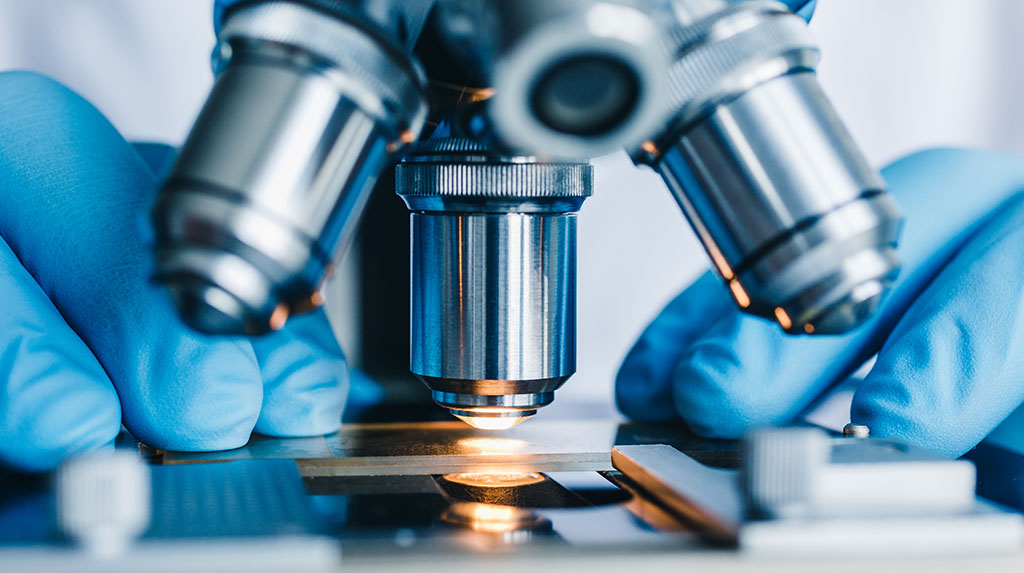 By 2050, the number of elderly individuals is expected to double to 2 billion. As aging occurs, molecular and physiological changes in the lungs lead to a decline in lung function and weakened immune responses. Stress response pathways are relied upon by lung-resident cells to maintain balance and prevent damage, but these mechanisms become overwhelmed as individuals age, increasing oxidative environments and irreversible damage. Modulating the inflammatory and metabolic pathways in the body, macrophages play a crucial role, particularly alveolar macrophages (AMs), which regulate responses to maintain healthy lung function and encounter airborne pathogens and particulates. Previous research has identified an increased subpopulation of AMs in old mice with a unique inflammatory signature, which may increase the risk of tuberculosis susceptibility in old age (Lafuse et al. J Immunol, 2019). Our current research aims to understand the unique signature of the inflammatory monocyte/macrophage in the setting of old age and the lung alveolar microenvironment using genetically modified murine models (esp. B6.SJL-Ptprca Pepcb/BoyJ (B6.CD45.1), Ms4a3Cre-RosaTdT mice) (Pahari et al. 2023, unpublished). Additionally, our research aims to determine how alterations in AM biology during aging impact the increased risk of airborne infections in the elderly. A comparative study of human, non-human primate and rodent models will provide mechanistic insight into the cellular and molecular processes involved in the origin, recruitment, and differentiation of AMs in old age. It is critical to further our understanding of aging by comprehending the susceptibility of the elderly to various diseases.
By 2050, the number of elderly individuals is expected to double to 2 billion. As aging occurs, molecular and physiological changes in the lungs lead to a decline in lung function and weakened immune responses. Stress response pathways are relied upon by lung-resident cells to maintain balance and prevent damage, but these mechanisms become overwhelmed as individuals age, increasing oxidative environments and irreversible damage. Modulating the inflammatory and metabolic pathways in the body, macrophages play a crucial role, particularly alveolar macrophages (AMs), which regulate responses to maintain healthy lung function and encounter airborne pathogens and particulates. Previous research has identified an increased subpopulation of AMs in old mice with a unique inflammatory signature, which may increase the risk of tuberculosis susceptibility in old age (Lafuse et al. J Immunol, 2019). Our current research aims to understand the unique signature of the inflammatory monocyte/macrophage in the setting of old age and the lung alveolar microenvironment using genetically modified murine models (esp. B6.SJL-Ptprca Pepcb/BoyJ (B6.CD45.1), Ms4a3Cre-RosaTdT mice) (Pahari et al. 2023, unpublished). Additionally, our research aims to determine how alterations in AM biology during aging impact the increased risk of airborne infections in the elderly. A comparative study of human, non-human primate and rodent models will provide mechanistic insight into the cellular and molecular processes involved in the origin, recruitment, and differentiation of AMs in old age. It is critical to further our understanding of aging by comprehending the susceptibility of the elderly to various diseases.
